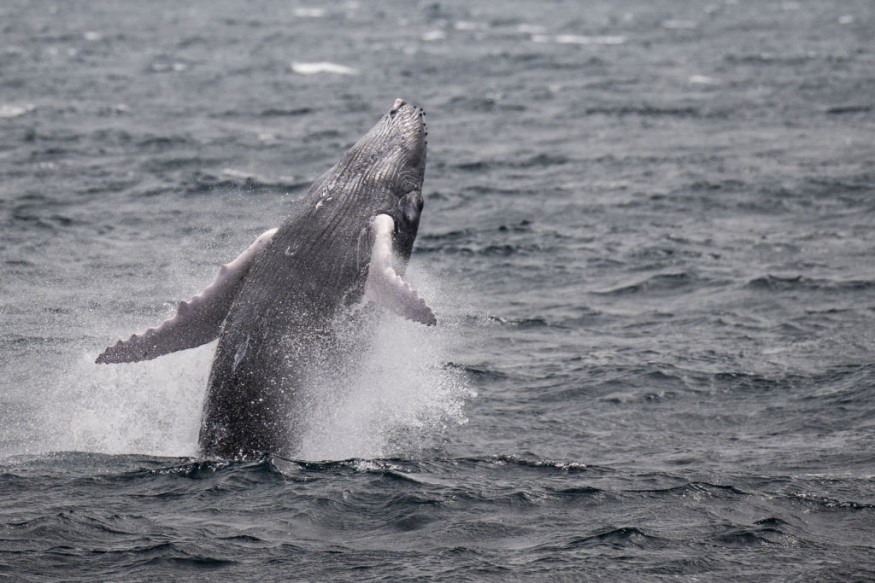Humpback whales are not only one of the largest living animals in the world, but they are also known for producing sounds that resemble songs. There are some instances where these rhythms last up to 30 minutes.
For decades, scientists are still clueless as to why the massive marine animals are singing. Oceanographers suspect the engage in such behavior for attracting a mate, similar to other species.
Prior research also showed that these songs vocalized by one pod are sometimes copied by a nearby pod, indicating that humpback whale songs travel in short-distance proximity.
This notion also prevailed for over two decades since it was first discovered in 1996 by researchers.
Now, a new study in 2022 suggested that these songs travel in long distances, mimicked and carried by other whales.
An international team of researchers from the United Kingdom, Ecuador, and French Polynesia claimed that these sounds spread from pod to pod across the Pacific Ocean.
In particular, humpback whale song revolutions traverse from the Central Pacific Ocean to the Eastern South Pacific Ocean, located in the Southern Hemisphere of Earth.
If the discovery is confirmed without any contestation, it will confirm the complex communication systems used by humpback whales; and likely by other whale species.
In the past, studies have shown that dolphins and killer whales or orcas use sophisticated methods to communicate when hunting or moving as a group.
Humpback Whale Songs

The new research was published in the journal Royal Society Open Science on Wednesday, August 31, the team from the University of St. Andrews, the CETACEA Ecuador Project's Acoustic Ecology Program, and Universidad Francisco de Quito employed new methods to document their claims.
The group's findings suggested the possibility the humpback whale songs migrate all the way across the southern Pacific Ocean in a linear pattern from west to east.
Specifically, these sounds travel with certain variances as some individuals are sung differently with very minor differences.
There are cases where these songs have significant changes performed by an individual whale for unknown reasons.
When this occurs, other pod members apply the said changes.
Recording Methods
Between 2016 and 2018, the international research group used a Sound Trap autonomous recorder to capture the whale recordings at various sites across the Pacific, including tracking some pods in a boat.
The results yield those two pods, one in French Polynesia and the second near Ecuador, were singing two different songs from 2016 to 2017.
However, both pods were singing the same song in 2018, according to Phys.org.
Animal Vocalizations
Recent scientific data shows a humpback's haunting are one of the most complex animal vocalizations.
The massive sea creatures have a hierarchical syntax, which is one of the basic elements of language, as cited by the Smithsonian Magazine.
The mystery to the unusual behavior is even more evident as only makes are known to sing, while both male and female whales produce some social calls when feeding.
Related Article: Bad Vibes: Whale Song Vibrations May Be Distrupted by Human Activity
© 2026 NatureWorldNews.com All rights reserved. Do not reproduce without permission.





